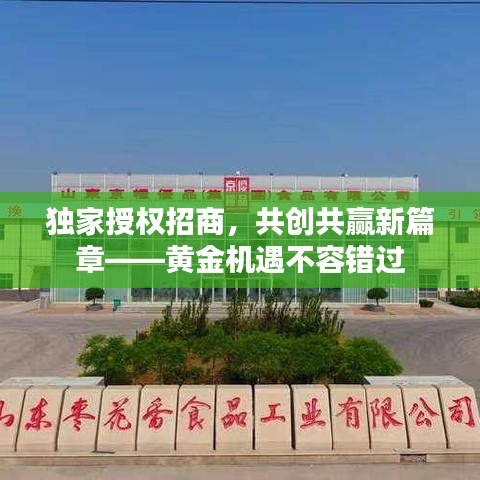Introduction
China, a nation with a rich history and a growing global presence, has been undergoing a remarkable transformation over the past few decades. This transformation is not just economic but also cultural, technological, and societal. In this essay, we will explore the various aspects of China's development and its impact on the world stage.
Economic Growth
One of the most significant developments in China has been its economic growth. Starting from the late 1970s with the introduction of market-oriented reforms, China has become the world's second-largest economy. The country's Gross Domestic Product (GDP) has grown at an average annual rate of over 9% since then, lifting hundreds of millions out of poverty. This economic boom has been driven by a combination of industrialization, urbanization, and foreign investment.
Technological Advancement
China has made tremendous strides in technology. The country is now home to some of the world's most innovative companies, such as Huawei, Tencent, and Alibaba. These companies have not only disrupted traditional industries but have also contributed to advancements in artificial intelligence, robotics, and renewable energy. China's technological progress is evident in its increasing investment in research and development (R&D), which now accounts for a significant portion of its GDP.
Cultural Renaissance
The cultural landscape of China has also been transformed. Traditional values are being preserved and promoted, while modern Chinese culture is gaining international recognition. Chinese art, literature, and film are now being showcased in galleries, theaters, and film festivals worldwide. The popularity of Chinese language and culture, as evident from the growing number of students learning Mandarin, is a testament to this cultural renaissance.
Global Influence
China's growing influence on the global stage is undeniable. The country's foreign policy, characterized by its "One Belt, One Road" initiative, aims to connect Asia with Europe and Africa through land and maritime networks. This initiative not only promotes economic growth but also enhances China's diplomatic ties and geopolitical position. Additionally, China's military modernization has raised concerns among its neighbors and the international community.
Societal Changes
Societal changes in China are profound. The country has seen a significant shift in demographic trends, with a growing urban population and an aging population. This demographic change has implications for economic growth, social stability, and policy-making. The government has been implementing various measures to address these challenges, including the one-child policy's reversal and efforts to promote balanced regional development.
Environmental Concerns
As China continues to grow, environmental concerns have become increasingly important. The country has been the world's largest emitter of greenhouse gases for years, and its rapid industrialization has led to severe air and water pollution. However, there is a growing awareness of these issues, and the government has been investing in renewable energy and implementing stricter environmental regulations. The Paris Agreement and China's commitment to carbon neutrality by 2060 are examples of this newfound environmental consciousness.
Conclusion
China's development is a complex and multifaceted phenomenon that encompasses economic, technological, cultural, and societal changes. While the country has made remarkable progress, it also faces significant challenges, including environmental degradation, demographic shifts, and geopolitical tensions. As China continues to evolve, its impact on the global stage will undoubtedly grow, making it an essential player in the 21st century. The world will be watching as China navigates these challenges and continues to shape its own destiny and that of the international community.
转载请注明来自上海天亮了废旧物资回收有限公司,本文标题:《不断发展的中国英文作文,中国在不断发展的作文 》














 沪ICP备2023032433号-1
沪ICP备2023032433号-1
还没有评论,来说两句吧...